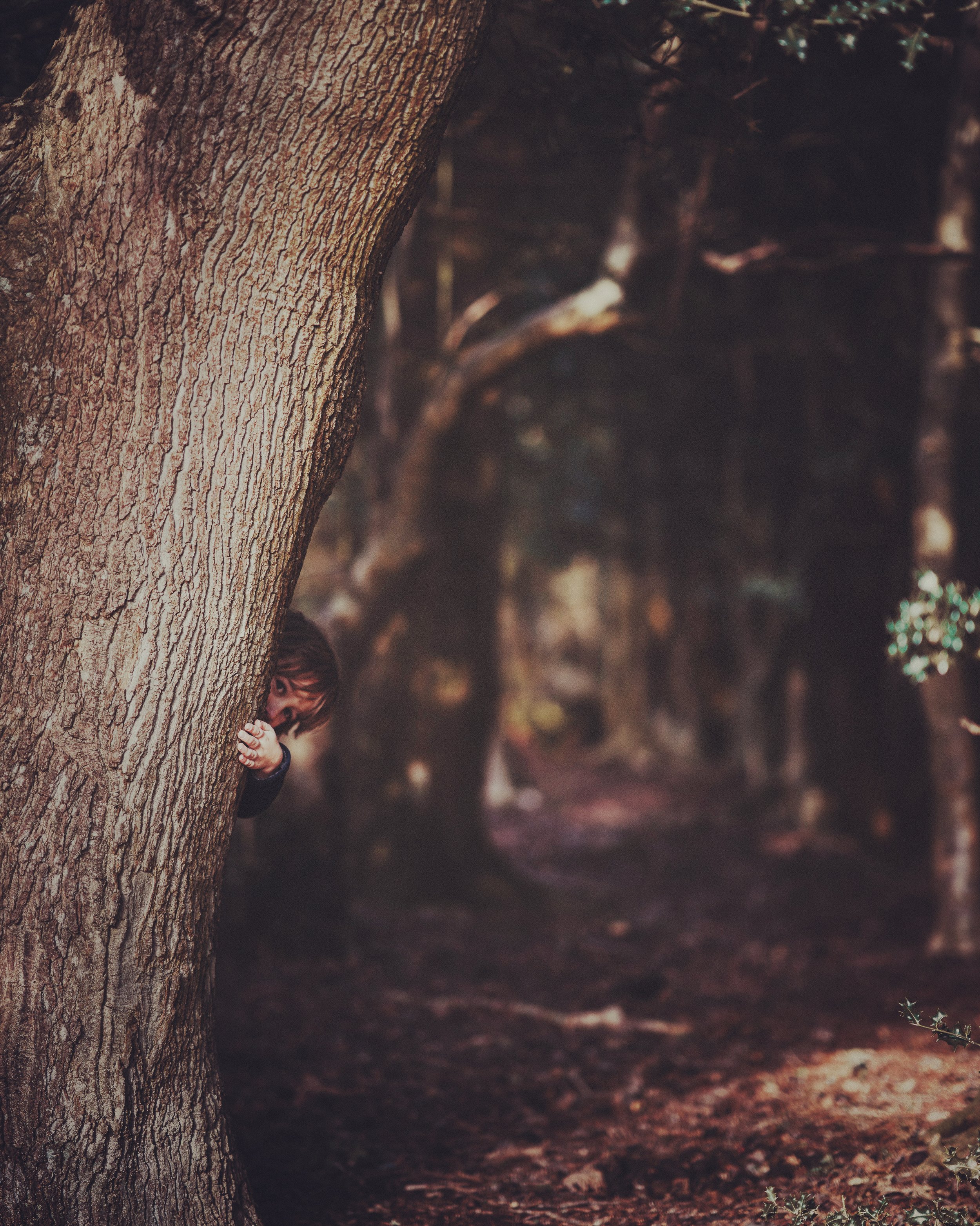~~ Expanding Inside Out: Part 1 ~~ When We're Closed
Photo by Tim Foster
The world has been closed. We have been in the midst of a global quarantine on-and-off for the better part of the last two years. Events, businesses, and travel have been canceled and closed. Even as we tentatively think about resuming some of our normal activities, many of us still feel cautious and uncertain. The reason for this epic world closure is clear—a contagious health pandemic. It is tangible. We can test for it, diagnose it, and observe it. But what happens when we can’t easily identify or understand what causes us to feel closed, cautious, and uncertain?
I was a painfully shy child. Despite the fact I had attended both preschool and kindergarten, I sobbed, pleaded, and desperately clung to my mom on my first day of elementary school. The idea of being in a foreign place with people I didn’t know was utterly terrifying to me.
When we feel threatened, we contract—physically, emotionally, and mentally. We withdraw into ourselves and that which feels familiar.
This happens instinctively, regardless of how safe we actually are amid the familiar, or how realistically threatened we are among what’s unfamiliar. For example, some people are not always safe with their caregivers or partners, though they may be familiar. And my life was certainly not in danger entering my first grade classroom, it just felt that way at the time. In other words, it’s a matter of perception.
The human brain is wired to detect danger and threat. We are constantly scanning our environment, consciously and unconsciously, making infinite assessments moment to moment about people and situations to determine the degree of safety.
We are innately designed, and have further adapted over time, countless ways to ensure the survival of ourselves and those closest to us—our tribe—those who live with, look, think, and act like us. When we know what to expect, we are more likely to lay down our defenses and rest in our perception of safety and control.
Thus, we tend to choose foods, places, patterns of behavior, and often times people that we think we know, understand, and can trust. When we open ourselves up to what’s unfamiliar we risk the potential for threat. Our perception of what feels unfamiliar or outside of our control can cause us to automatically shift into a protective and contracted stance. In this defensive position, we tend to operate from a place of fear, judgment toward others (or ourselves), and a need to protect or preserve what we have.
This contracted posture also perpetuates a sense of vigilance, suspicion, and closed-mindedness. The pupils of our eyes dilate and our focus literally, and metaphorically, narrows. We lack peripheral vision and the ability to see the broader picture or greater perspective.
This closed and cautious approach may have kept our ancient ancestors safe many millennia ago, but today it simply perpetuates a limited state of being. When our brain is in a defensive and vigilant (sympathetic) mode, we are less likely to access the (cortical) part of the brain associated with our more evolved and executive brain functions, such as the capacity to solve problems, think creatively, express empathy, and respond to situations with flexibility.
As different as our modern life may be in comparison to the primitive threats to survival our ancient ancestors faced, we still encounter a plethora of real and perceived attacks—e.g. natural disasters, social and economic injustices, political rivalries, bullying in schools and social media, viruses run amok, and perhaps above all, vastly conflicting views on how to address those threats.
To further compound the issue, our brains are hardwired to learn more readily from negative life experiences than from positive experiences. This “negativity bias” ensures that once we learn a lesson the hard the way, we are less likely to repeat it. Historically, this helped prevent people from being poisoned by something they ate, bitten by a wild animal, or getting lost in a dangerous place.
Many generations later, our negativity bias is still in full effect — if we’ve ever faced financial hardship or food insecurity, if we’ve ever been discriminated against or judged unfairly, if we’ve ever suffered abuse, neglect or rejection, if we’ve ever experienced a serious injury or illness — those experiences are ingrained in our memories and influence how we approach the world. In fact, research suggests that even if we haven’t directly experienced that kind of adversity, we may still be impacted by the negative experiences of our parents or grandparents.
The negativity bias causes us to respond more quickly, instinctively, and decisively, for better or worse. This neurological hardwiring can, and has saved our lives, but it can also prevent us from responding more thoughtfully, acting with more tolerance and compassion, or enjoying new experiences.
Understanding our defensive instincts and how they have helped us to survive, allows us to see the bigger picture. We are better able to see how this contraction perpetuates our perception of being threatened. We understand where we get stuck in a vigilant state—suspicious, judgmental, scrutinizing and criticizing. When we zoom out, we can open ourselves up to different alternatives and perspectives.
We will explore more on accessing empathy, creativity, and curiosity in our next article…




